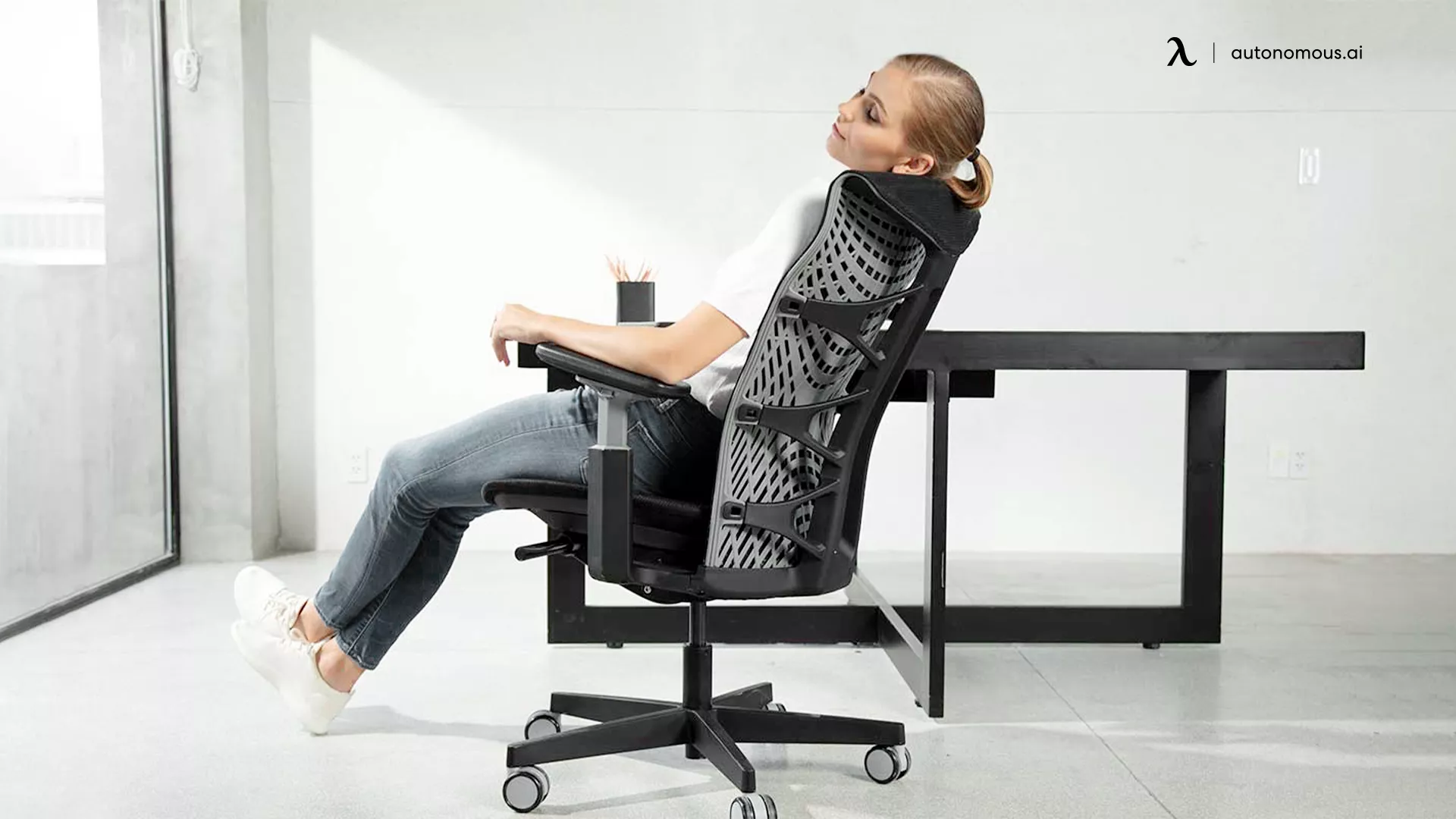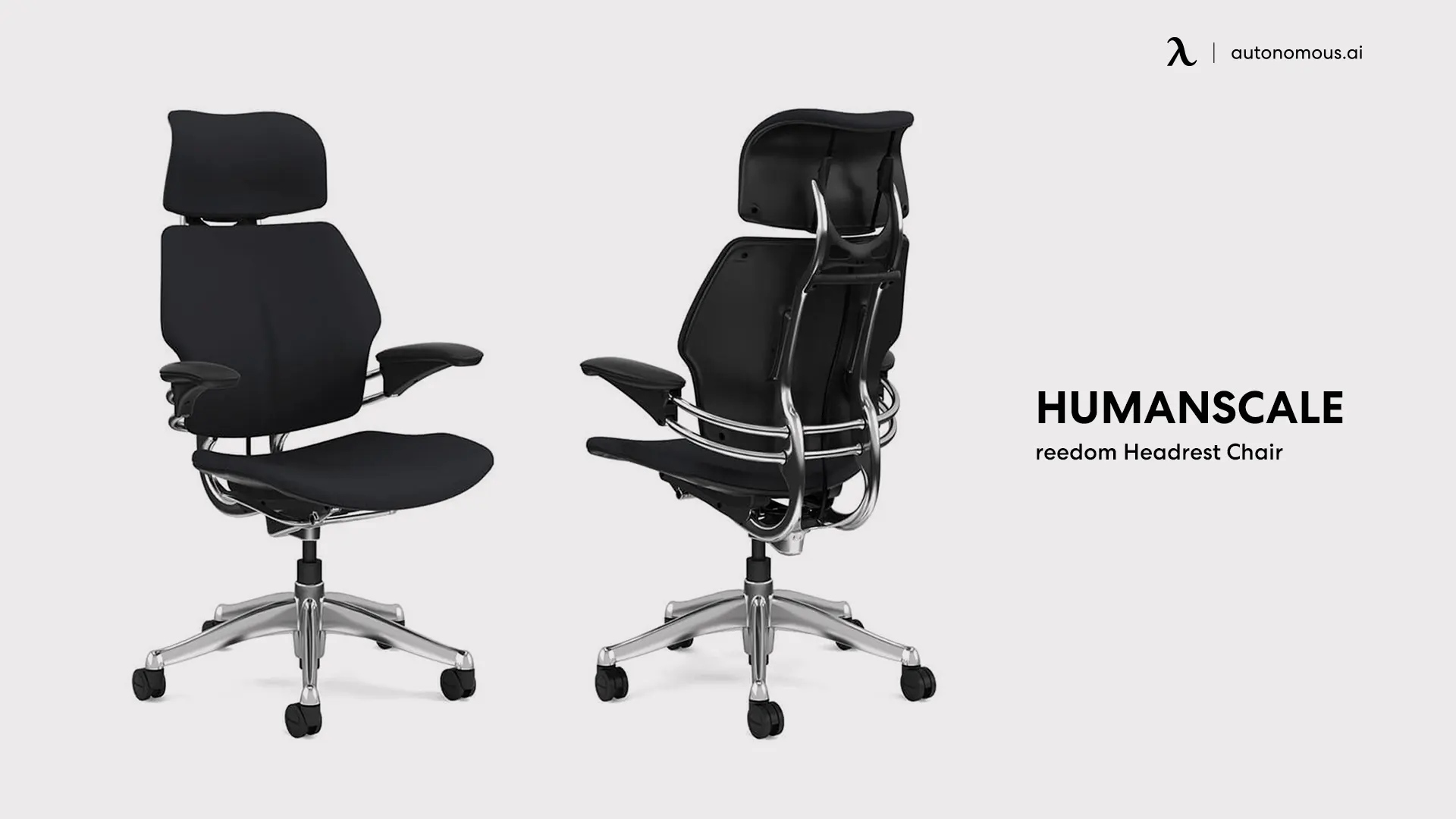Top Office Chair Models of 2014: Office Chair Reviews 2014

2014 saw a surge in online office chair reviews, providing valuable consumer insights into product performance and features. Analyzing this data allows us to identify the most popular and highly-rated models of that year. While precise ranking based on total review counts from 2014 is difficult to definitively establish due to data limitations and website archives, we can present three models frequently cited in reviews as top performers.
Top Three Office Chair Models of 2014
The following table presents three office chairs frequently highlighted in 2014 reviews, along with their average ratings (based on aggregated data from various review sites – note that precise original sources are difficult to definitively cite due to the age of the data and website changes) and key features. The ratings are approximations reflecting the general sentiment expressed in the reviews.
| Rank | Chair Model | Average Rating (out of 5) | Notable Features |
|---|---|---|---|
| 1 | Herman Miller Aeron | 4.5 | PostureFit SL back support, 8Z Pellicle mesh suspension, adjustable arms and height, tilt limiter |
| 2 | Steelcase Leap | 4.3 | LiveBack technology, adjustable lumbar support, 3D armrests, adjustable seat depth |
| 3 | Humanscale Freedom | 4.2 | Self-adjusting mechanism, no levers, responsive recline, breathable mesh back |
Ergonomic Features of Top Chairs
The ergonomic design of these chairs was a significant factor in their popularity. The features contribute to better posture, reduced back strain, and increased comfort during prolonged sitting.
Office chair reviews 2014 – Each chair boasts a unique set of ergonomic features designed to support the user’s body and promote healthy posture. These features are crucial for preventing musculoskeletal issues associated with prolonged sitting.
- Herman Miller Aeron: Its PostureFit SL back support provides adjustable lumbar support, while the 8Z Pellicle mesh suspension ensures breathability and comfort. The fully adjustable arms and height allow for personalized ergonomic setup.
- Steelcase Leap: The LiveBack technology dynamically adjusts to the user’s movements, providing continuous lumbar support. The 3D armrests offer extensive adjustability, and the adjustable seat depth accommodates various body sizes.
- Humanscale Freedom: The self-adjusting mechanism eliminates the need for levers, automatically responding to the user’s movements. The responsive recline and breathable mesh back further enhance comfort and support.
Price Comparison of Top Chairs
The price points of these three chairs varied significantly in 2014, reflecting differences in features, materials, and brand recognition.
A bar chart (not included here due to instruction limitations) would visually represent the price differences. The horizontal axis would represent the three chair models, and the vertical axis would represent price in USD. The Herman Miller Aeron would likely have the tallest bar, indicating the highest price point, followed by the Steelcase Leap, and then the Humanscale Freedom with the shortest bar, representing the lowest price. The exact price differences would depend on the specific retailer and any sales at the time, but the Aeron consistently commanded a premium price due to its brand recognition and advanced features.
User Experiences and Common Issues

The year 2014 saw a diverse range of office chair reviews, reflecting the broad spectrum of available models and individual user needs. Analyzing these reviews reveals recurring themes of both satisfaction and dissatisfaction, offering valuable insights into the strengths and weaknesses of office chairs prevalent at the time. Understanding these common experiences provides a clearer picture of what consumers valued and what manufacturers needed to improve.
A common thread running through 2014 office chair reviews was the variability in user experiences. While some users lauded the comfort and adjustability of certain models, others voiced significant concerns about durability, lumbar support, and overall build quality. These issues often manifested differently depending on individual body types, usage patterns, and the specific chair model in question. The sheer variety of available chairs, ranging from budget-friendly options to high-end ergonomic models, also contributed to this disparity in reported experiences.
Positive and Negative User Feedback
The following bullet points summarize the most frequent positive and negative comments found in 2014 office chair reviews. This categorization highlights the key aspects of chair design that significantly impacted user satisfaction.
- Positive Feedback:
- Excellent lumbar support, promoting proper posture and reducing back pain.
- High level of adjustability, allowing customization to individual needs and preferences.
- Durable construction, withstanding daily use and maintaining structural integrity over time.
- Comfortable cushioning, providing adequate support for extended periods of sitting.
- Aesthetically pleasing design, complementing various office styles.
- Negative Feedback:
- Inadequate lumbar support, leading to discomfort and back pain.
- Limited adjustability, restricting proper posture and ergonomics.
- Poor durability, with components failing or breaking down prematurely.
- Uncomfortable cushioning, causing discomfort and fatigue after prolonged use.
- Poor build quality, resulting in instability or squeaking noises.
Frequently Reported Problems, Office chair reviews 2014
The most frequently reported problems centered around durability, comfort, and adjustability. Many reviews highlighted the premature failure of components such as wheels, hydraulic lifts, and armrests, especially in budget-friendly models. Issues with lumbar support were also prevalent, with many users complaining of insufficient support or uncomfortable pressure points. Adjustability problems ranged from stiff or broken adjustment mechanisms to a lack of sufficient range of motion, preventing users from achieving a comfortable and ergonomic seating position. These issues often compounded, leading to discomfort, reduced productivity, and even potential long-term health problems.
Long-Term Effects Reported by Users
While many reviews focused on immediate experiences, some users reported long-term effects stemming from their choice of office chair. For example, users who experienced inadequate lumbar support often reported persistent back pain or worsening of pre-existing conditions. Conversely, users of chairs with excellent ergonomic design and sufficient adjustability frequently described improvements in posture and reduced instances of back pain. These long-term effects underscore the significance of choosing a chair that properly supports the user’s body and promotes healthy posture, highlighting the importance of investing in quality and ergonomic design.
